Desjardinii Sailfin Tang
$99.00
-
Select Variant
Desjardini Sailfin Tang, also called the Indian Ocean Sailfin Tang, Desjardin's Sailfin, also known as Red Sea Sailfin Tang, is light to dark gray with small freckles on the nose and yellow spots around the stomach. The body features several different sizes of vertical yellow stripes, with intricate patterns between the stripes on the front. It also has an emerald tail that is blue that is white with freckles. Its appearance is able to expand in size by lifting or lowering its large dorsal and anal fins.
A 180-gallon or bigger aquarium is required to give ample space for swimming. It can be aggressive toward its own species and other conspecifics sometimes but is peaceful toward other fish, so you should only keep one fish in tanks that are very large. It is a fan of filamentous algae.
While Tangs can eat meaty foods as do others in aquariums, it's essential that they get ample amounts of seaweed that is marine-based and algae. This can strengthen the immune system and decrease aggression, and improve overall health. Provide dried seaweed that is tied to a rock, or the veggie clip, and feed them at least three times a week. Sea Veggies, Seaweed Salad, and Ocean Nutrition are all ideal products that are easy to prepare.
Please note that the Small Juvenile model of Desjardini Tang may not have white spots on their fins or the body and is identical in appearance to the Sailfin Tang. But as they age spots are likely to develop along with the bold striping that covers the body and fins.
Approximate Size of Purchase: Tiny: 3/4" to 1-1/2"; Small: 1-1/2" to 2-1/2"; Small/Medium: 2-1/2" to 3"; Medium: 3" to 4"; Medium/Large: 4" to 5" Large: 5" to 6" XLarge: 6" to 7"
- Description
- Additional Information
- Reviews
General information regarding Sailfin Tang
Sailfin Tang has an oval body shape and has a number of deep distinct bold marks. It's brown in hue with light freckles on its nose. The body is adorned with five vertical yellow stripes that have intricate marks inside each stripe. The tail is bright yellow, and then blue highlights. The appearance of the fish can expand in size by lifting or lowering its dorsal and anal fins. It is important to have a large aquarium to give ample space for swimming. It can be aggressive toward its own species as well as its conspecifics occasionally but is peaceful with any other species of fish that are in your tank. Introduce the species immediately.
size
Large, Medium, Small
Units
1
Weight
6 lbs
Dimensions
1 × 1 × 1 in

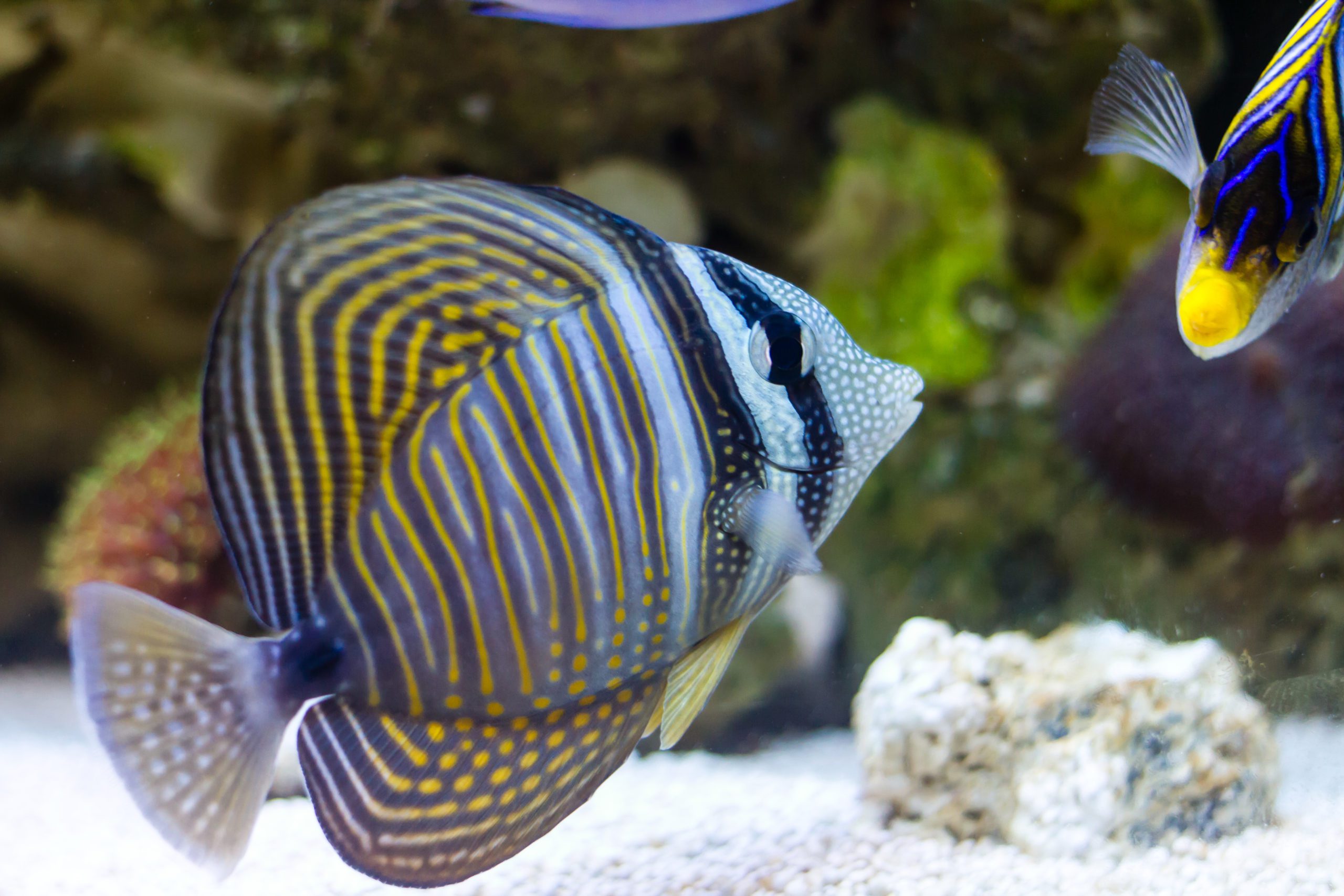
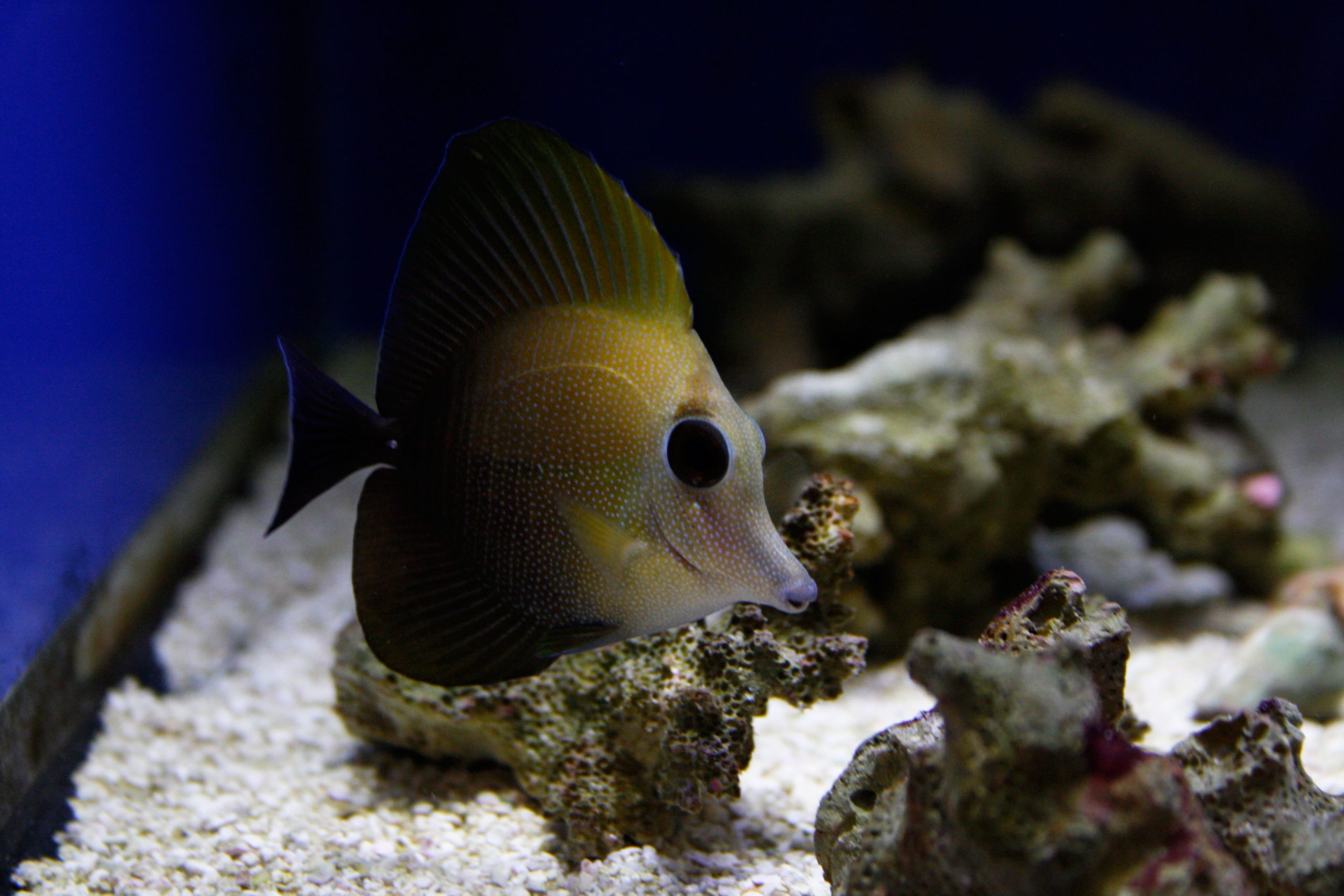

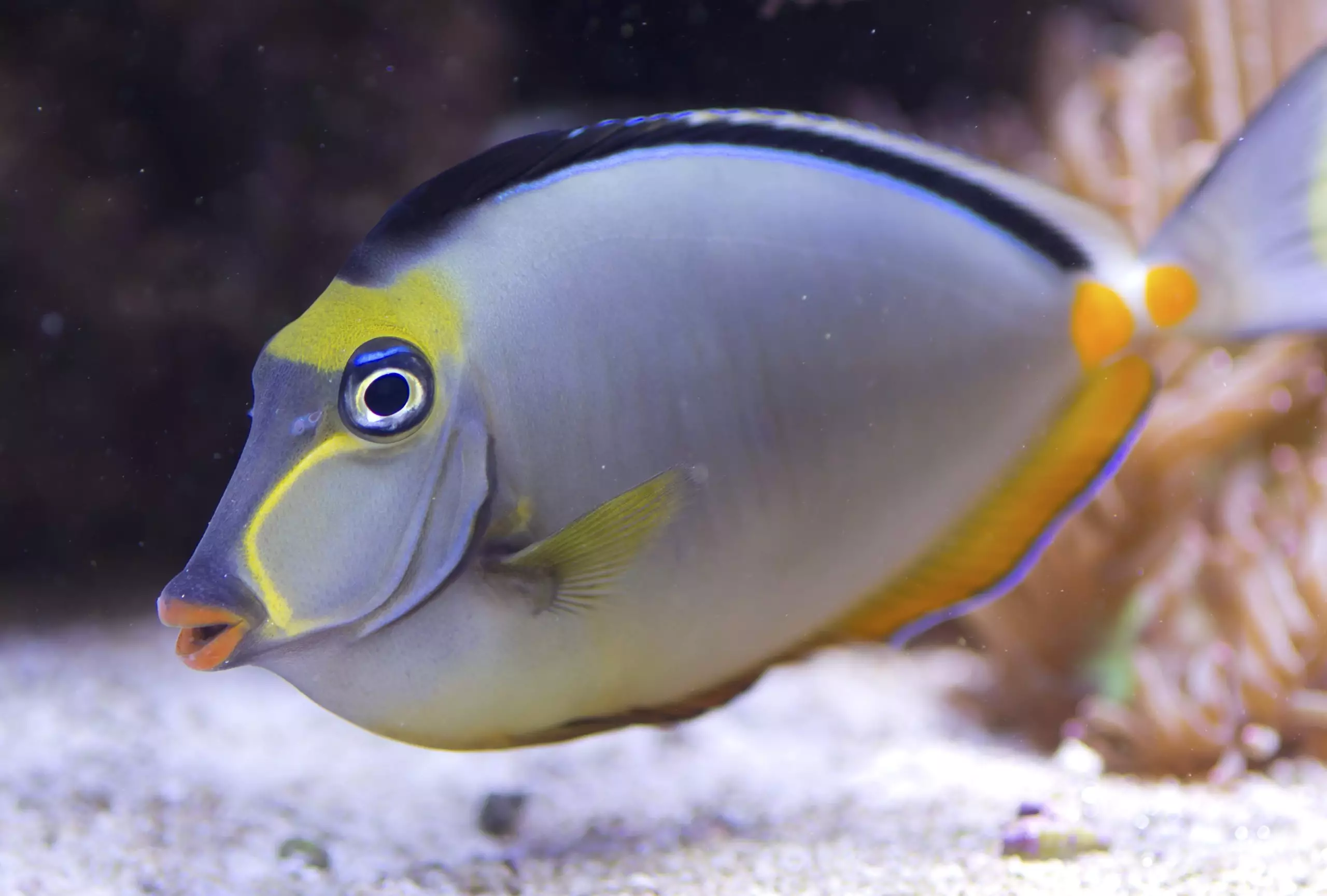
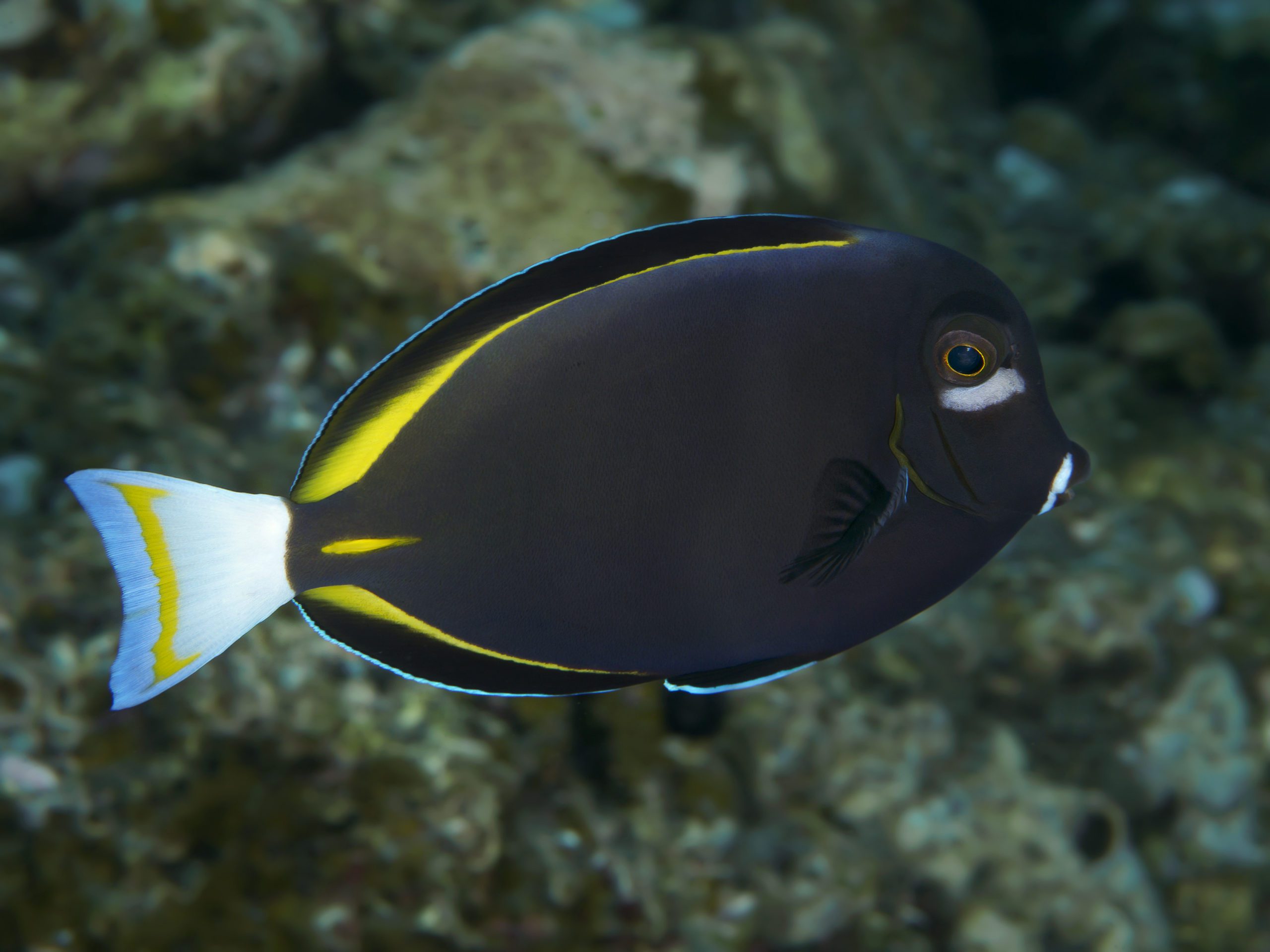
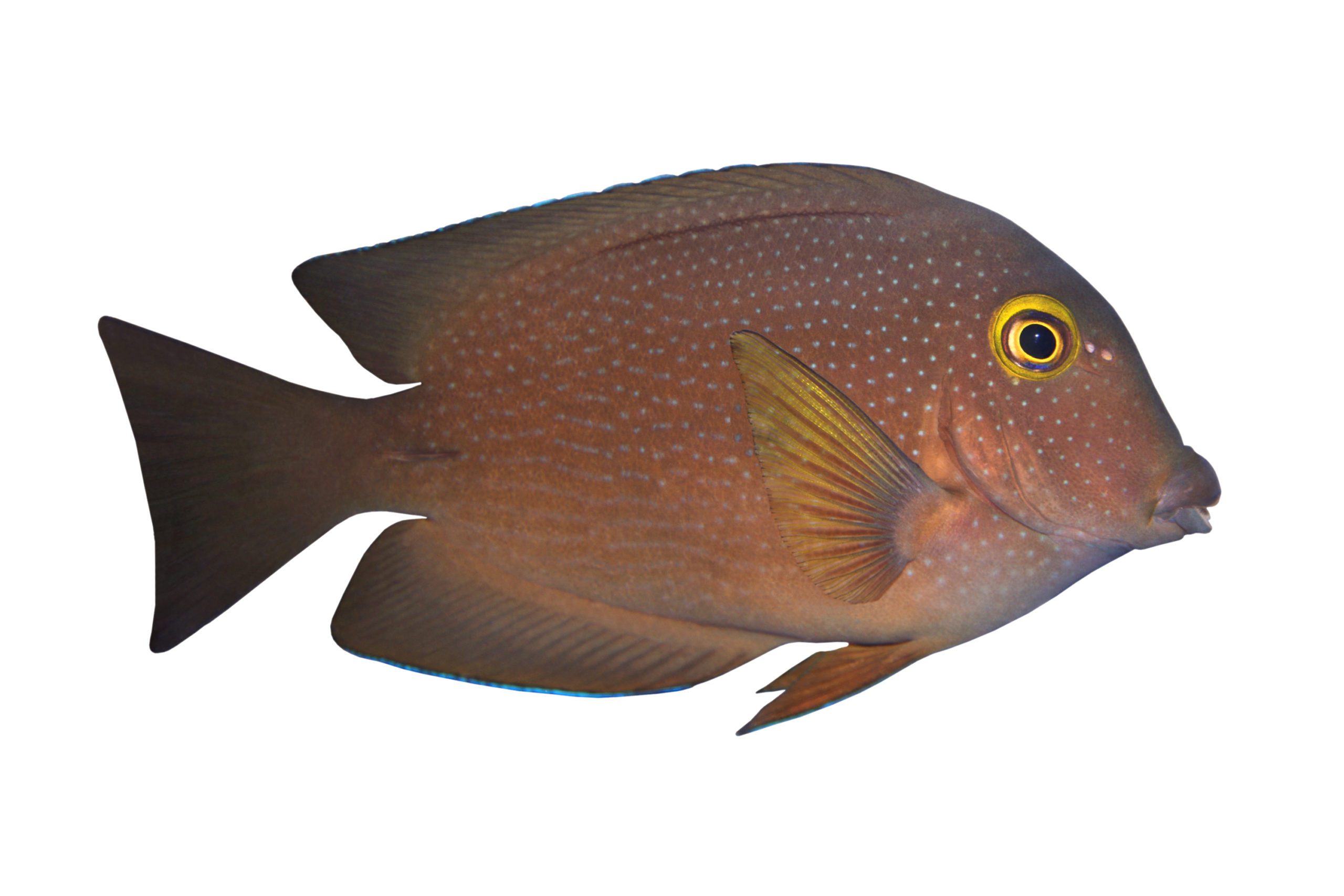
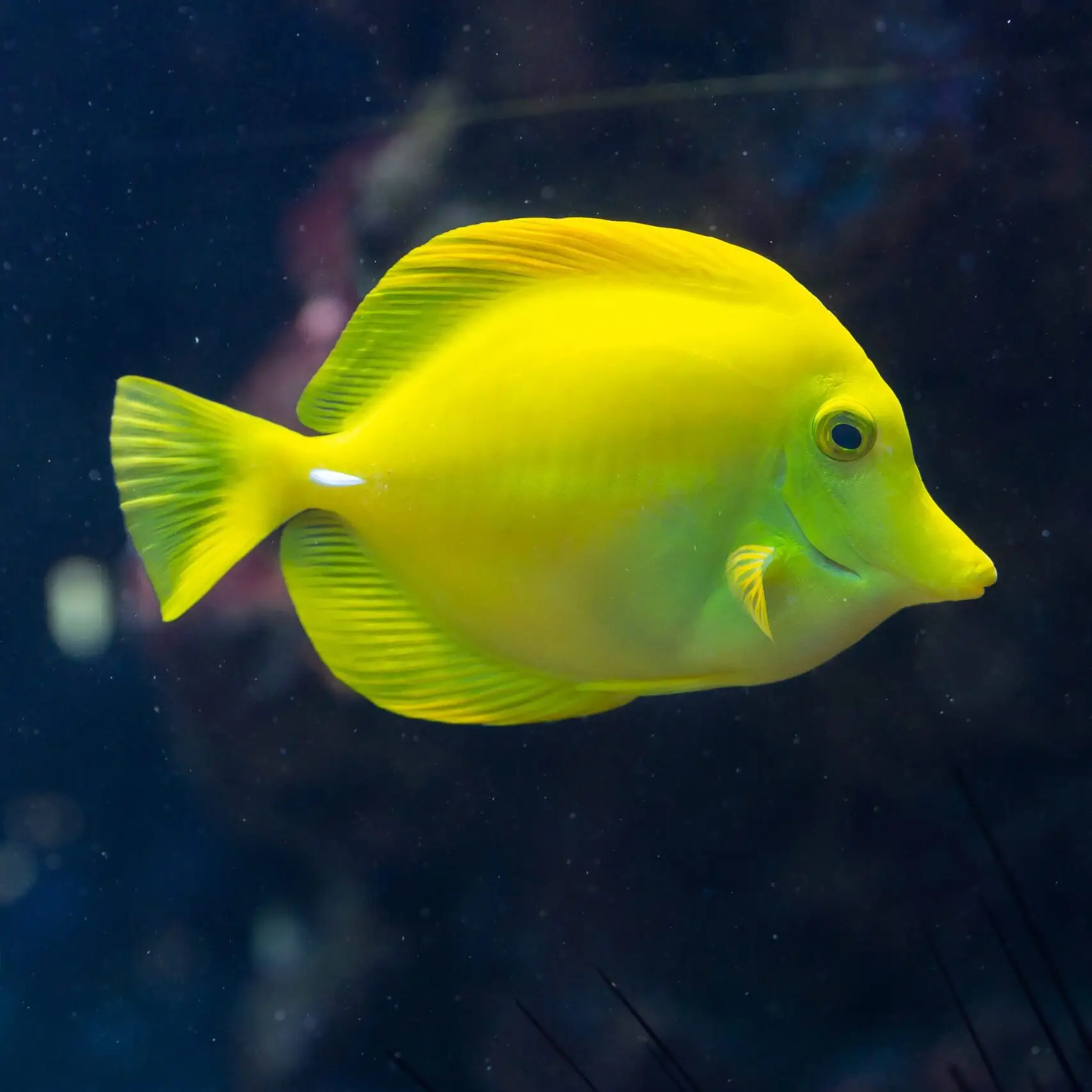
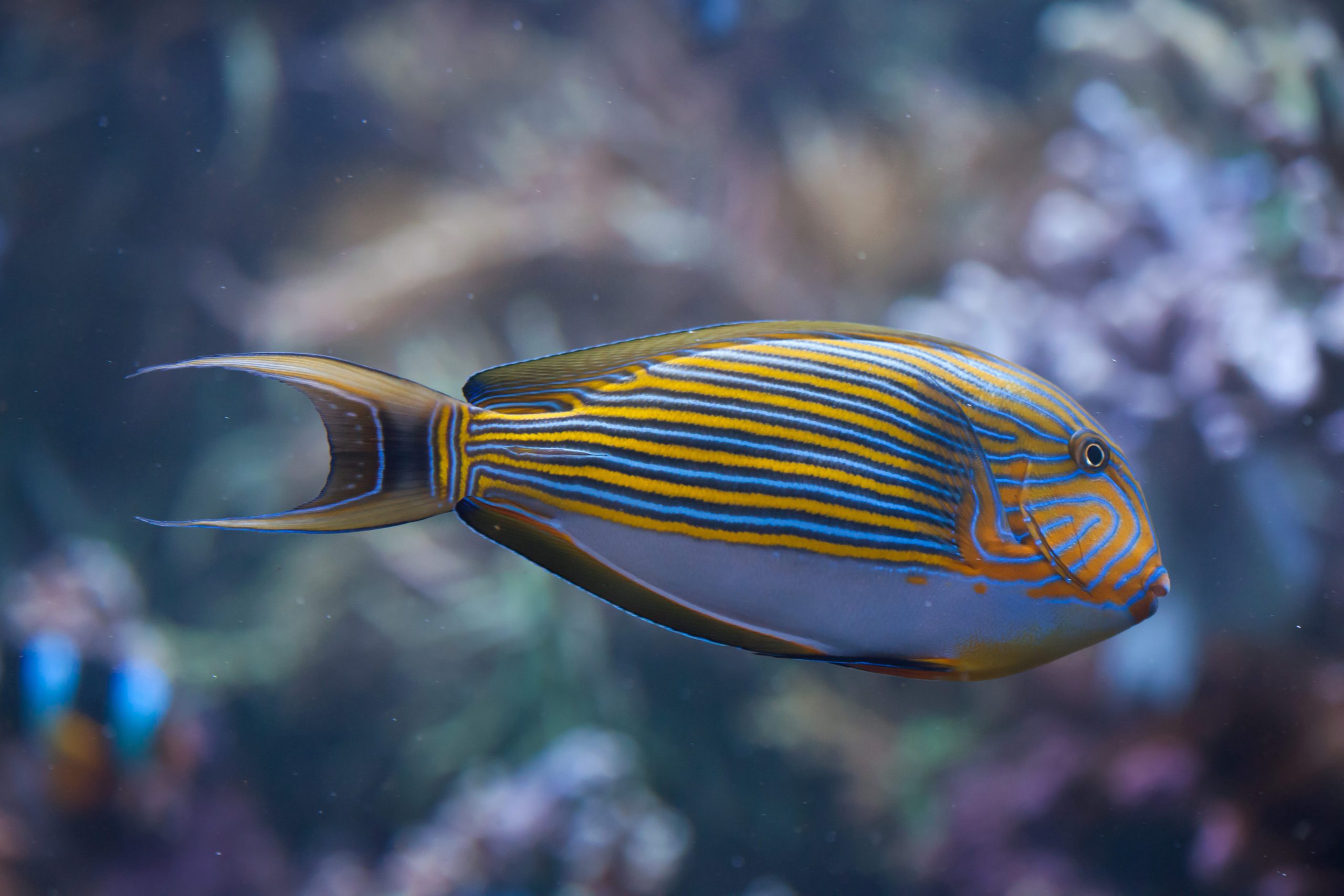
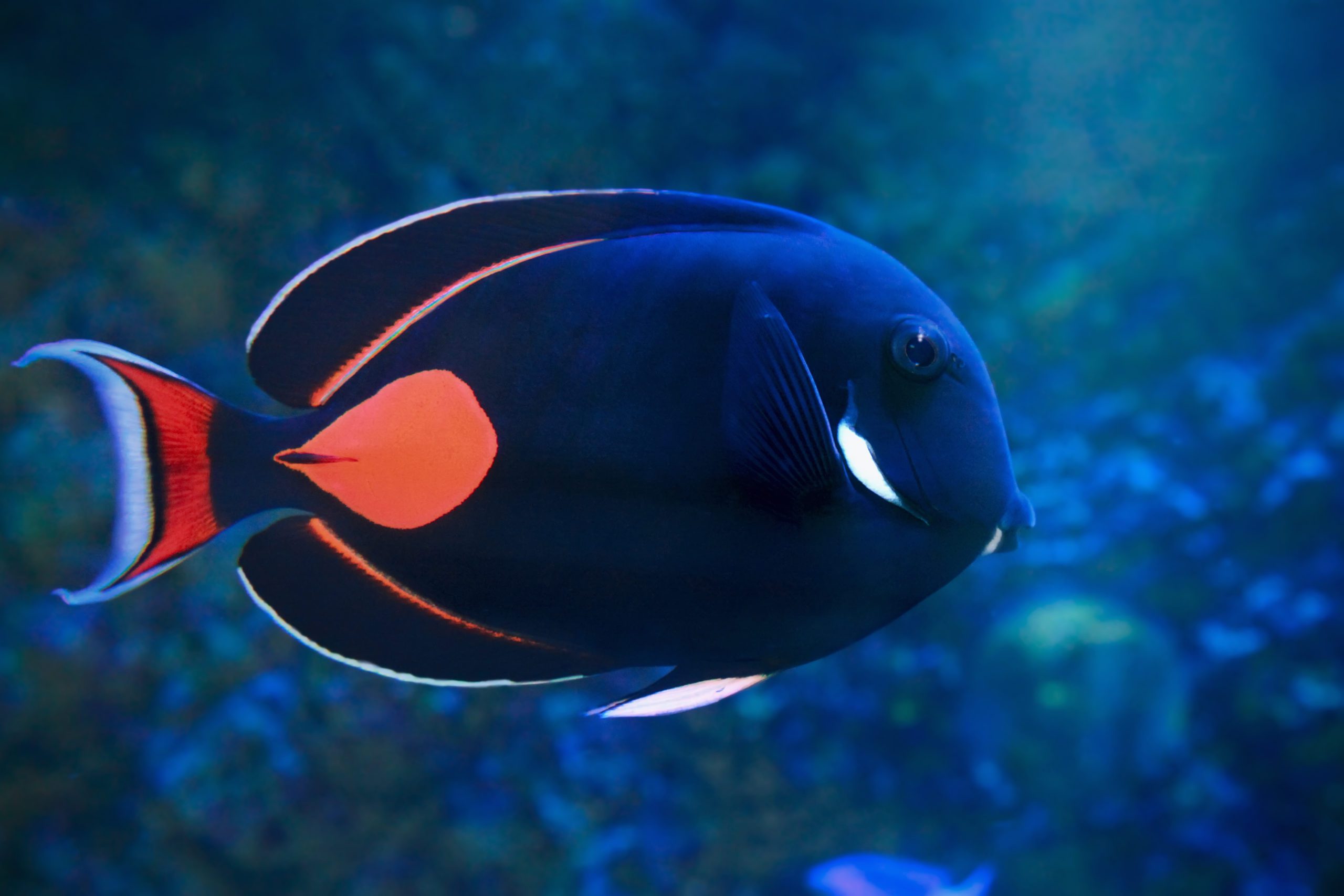

Reviews
There are no reviews yet.